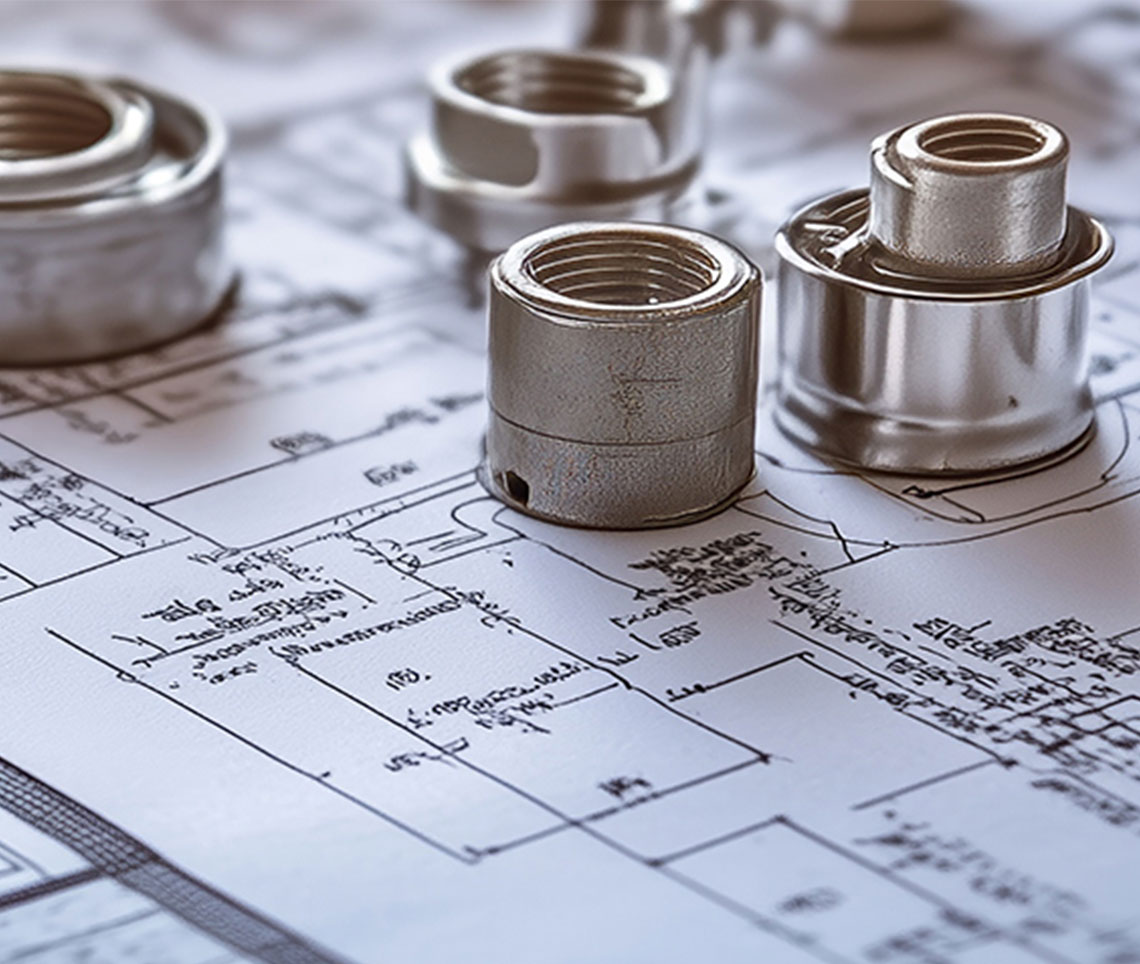Fan Energy Rating (FER) Changing in 2019: What You Need To Know
May 14, 2019 Jeff Rosenblum
What is FER?
In 2014, the US Department of Energy established the first national efficiency standards for furnace fans. FER specifies a maximum fan energy rating that varies based on the airflow provided by the furnace fan.
FER is expressed in terms of power consumption (W) per delivered airflow (1000 cfm) and incorporates energy consumption in three different modes: heating, cooling, and constant fan mode. These new standards will require a46% watt reduction over a typical PSC motor furnace. Manufacturers are looking to convert to fixed speed ECM motors (constant torque) and variable speed ECM motors in order to reach these efficiency requirements.
What is the purpose of these new regulations?
The FER standards are intended to reduce US energy consumption and carbon pollution. The DOE predicts this regulation will save $9 billion in homeowner electric bills and reduce carbon pollution by 34 million metric tons by the year 2030.
When does FER take effect?
These regulations will take effect on July 3, 2019. Each furnace manufacturer must ensure their entire line of furnaces is in compliance by that date. This will affect all gas, oil, and modular electric furnaces produced by ALL manufacturers. No manufacturers are exempt from this ruling.
What does FER mean for HVAC distributors and contractors?
Manufacturers are permitted to manufacturer equipment with PSC motors up to the July 3, 2019 deadline. HVAC distributors are permitted to buy current PSC motor furnaces until they are no longer available from the manufacturers. HVAC contractors are permitted to buy current PSC motor furnaces until they are no longer available from the distributors. There is no set time limit for the sale of these products. Once inventories are depleted on the PSC models, they will no longer be available.
FER Rule, ECM Motors and Airflow
The DOE’s FER rule (Fan Efficiency Rule) takes effect on 7/3/19. Furnaces and two-piece air handlers will no longer be manufactured with PSC motors. The good news is your customer is going to save energy. However, duct static pressure is more important than ever, and the CFM range is different on most ECM motors (electronically commutated motor). Most ECM motors can be programmed for a wider operating range. Some model furnaces may no longer have a 3-ton drive option. Let’s compare the two furnaces below.
The ECM furnace is not rated above .7 static on high speed. Why? A PSC motor (permanent split capacitor) will slow down and move less air at high static pressures while an ECM motor will not slow down as much which can result in overloading the motor.
The ECM motor is only rated to .8 static on the other speeds. The PSC is rated to .9 on all speeds.
The ECM motor has a drive range from 2.5 to 4 tons. The PSC motor has a drive range of 3 to 4 tons.
While furnaces have never been “preset” from the factory they may be even further off from the proper setup with the ECM models. Be sure to check static pressure, adjust the blower setting in cooling and temperature rise in heating at startup.
4 Ton Drive Constant Torque ECM

4 Ton Drive PSC

Jeff Rosenblum
Technical Support
20 Years Industry Experience
Cell (330) 962-2491
[email protected]















